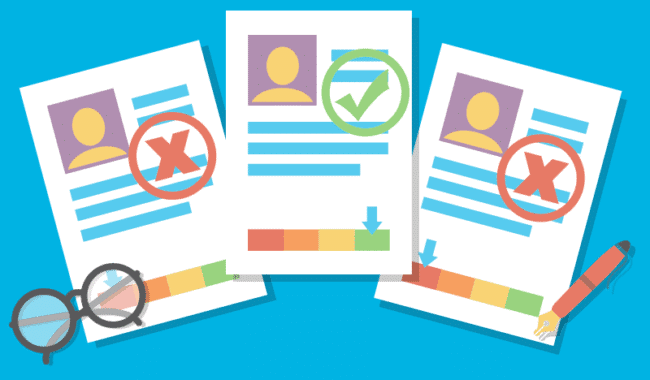Having strong credit is a powerful tool for consumers shopping for homes, cars or new credit cards. Unfortunately, millions of consumers have poor credit scores that keep them from getting the best interest rates or loans. These consumers may get left behind and struggle to get ahead in the consumer credit game. Additionally, there is a significant number of consumers that struggle even more than those with poor credit, consumers that have no credit score.
People without any type of credit may be young adults without a financial history or individuals who haven’t used credit in a long time. Now, there is a new model that focuses on alternative credit data to give those without credit some purchasing power.
The Traditional Model of Credit
The standard model of credit uses traditional methods of collecting data about each consumer’s financial history. In a traditional credit report, lenders see an individual’s credit history, payment history, delinquencies in payments, inquires from other lenders, variety of loans and the borrower’s utilization of credit. Items such as credit cards, car loans, mortgages, student loans and bank loans may appear on a traditional credit report. The credit report paints a history of a consumer’s ability to pay back loans and financial habits.
An Alternative to the Traditional Model
For consumers with an invisible credit score, an alternative method may be more beneficial. The new alternative credit history model focuses on other types of financial information from consumers instead of credit cards or bank loans. Instead, the alternative model may collect financial details from a consumer’s rent payment history, utility payment habits, usage of payday lenders, public information file or other sources directly from the borrower.
Opportunities for Low-Income Borrowers
The alternative model aims to bring more credit opportunities to those who have traditionally struggled with the traditional model, low-income borrowers. If someone with invisible credit gets an approval through an alternative algorithm, it’s possible to start the process of building proper credit. Some consumers may not benefit from this model. An individual who has no credit score through the traditional model may be labeled as a credit risk with an alternative model if there are late rent or utility payments. Consumers in this predicament may get blocked from credit through this avenue as well.
Options for Those With No Credit
Fortunately, there are some benefits to the alternative model for those with a good payment history and little to no credit. Renters who make consistent, on-time payments to their landlords or utility provider can make that data work for them. Eventually, these payments and other sources of data can help portray someone with little credit as a trustworthy borrower when it’s time to go home shopping or car shopping.
Banking Data Benefits
Another source of data that some alternative models are looking into is using a consumer’s banking data. This method is being piloted by Experian’s alternative credit data product, UltraFICO. The UltraFICO score calculates a consumer’s credit risk based on the bank account information. This credit history product tracks an individual’s banking account balance over time, how long the account has been open, how frequently the account is used and if there is money saved up. A credit score based on a bank account balance may be a viable way for some consumers to obtain a credit history. A positive bank account history may also help boost someone with a poor credit history based on the traditional model.
The Privacy Conundrum
The dark side of using alternative data is that some of this information brings up personal privacy concerns. Data breaches of consumer credit bureaus are becoming commonplace today and consumers must be able to protect themselves. The alternative model may require even more information to be released to credit bureaus about an individual, giving them access to personal details such as bank account history and utility habits.
Credit Bureau Actions
Today, the major credit bureaus are all trying different ways of calculating creditworthiness, including alternative models. Experian Boost is another product from Experian that relies only on positive payment history of a consumer’s bills from the bank account. TransUnion Factor Trust is an alternative model that uses payday loan history to evaluate creditworthiness. Equifax’s DataX has plans to combine a variety of data sources to judge a person’s potential for borrowing.
Lender Flexibility
The key to making an alternative credit scoring model work in the marketplace is lender flexibility. For most of these alternative models from the credit bureaus, banks and loan operators need to subscribe and pay for the service. Not all lenders are convinced that the alternative model is capable of evaluating borrower potential.For many borrowers who have little to no credit history, the alternative model may be a viable solution to starting up a credit history. Coast Tradelines also offers different ways to boost credit scores. Check out how a tradeline may help you create a positive credit history.


